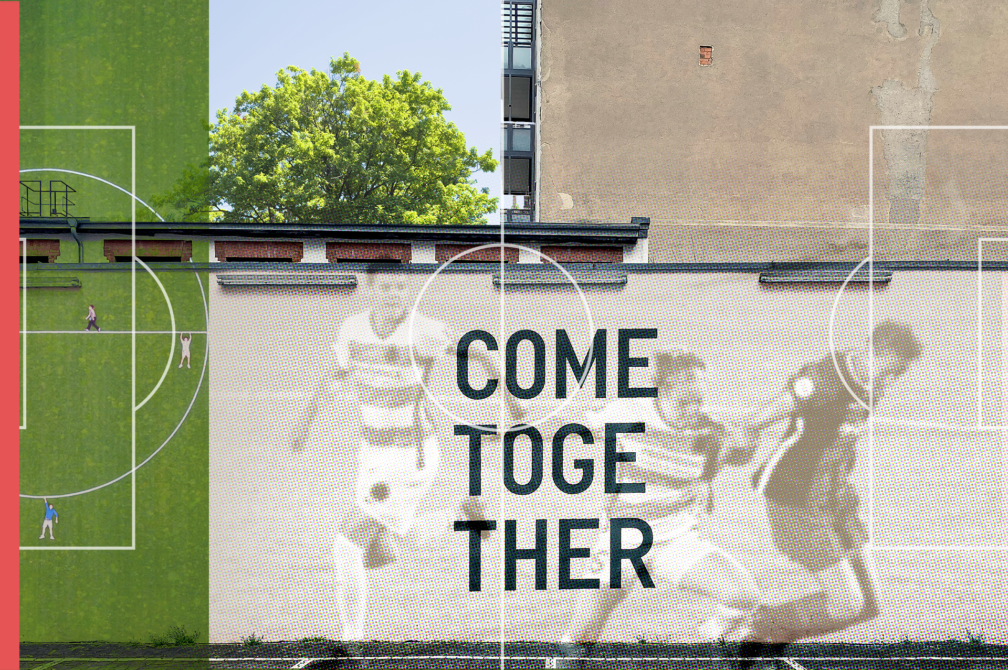Blog

What if your growth problem isn’t strategy—but the way you’re playing the game?
I remember the point in my second season of coaching youth boys soccer when the team just clicked. When you start to see real beauty on the field, clean passes, trust and flow, you know you’ve tapped into something special.
We weren’t the fastest or flashiest team, but we played for each other. Everyone knew their role. Everyone understood their strengths and areas of growth.
And then … the next season, we came in last.
Same talent. Same coaches. Same strategy.
So what changed?
We stopped showing up like a team.
That kind of slide hurts—on the field or in the office. When growth stalls, it’s tempting to tear apart the strategy. But often, it’s not the plan that’s broken. It’s how your team is playing the game.
Growth comes from systems, not star players alone
Everyone loves a hero. But growth doesn’t come from individual brilliance. It comes from integration. Just like in soccer, where assists matter as much as goals, marketing wins when every part of the org—brand, creative, media, ops, insights, PR—moves in sync. Even if they never touch the ball, they’re part of the play.
But too many brands treat growth like a series of 1:1 matchups. They chase silver bullets: a new hire, a new tech stack, one killer campaign. And when the numbers stall, they call in the agency to fix it—like a sub thrown in mid-game, expected to score blind.
Even Messi can’t win without service. And if you’ve followed him or others like him, you’ve seen how his teams adjust to his play through the years to use him for his strengths and balance his weaknesses. A perfect example of the team’s alignment leading to success.
If you’re building a roster of stars instead of a system built to play as a team, you’re playing the wrong game.
Create an environment for growth
At the office, I’ve been called a “player’s coach.” At first, I wondered if that meant I wasn’t balanced enough to manage the demands of clients with the demands of my internal team. But I’ve learned this is a superpower and creates a dynamic where my teams want to show up for me, as do I for them, truly creating the best work for our clients.
The best results don’t come from pressure. They come from space and permission—to take space, to pass the ball, to fail and try again.
My job isn’t to micromanage. It’s to align.
To build systems where roles are clear, trust runs deep and people want to pass the ball. Leadership isn’t telling people what to do. It’s creating conditions for them to do their best work.
“Those best suited to power are those who have never sought it.” —Dumbledore (great strategist and wizard)
Alignment beats attribution. Every time.
Attribution tells you who touched the ball last. It doesn’t tell you who made the pass. Who opened the space. Who ran the decoy.
In marketing terms:
- Sales gets credit for a lead nurtured by marketing
- Performance gets budget because the results come fast (never mind the brand lift that made them possible)
- Ops and insights get ignored, until the numbers dip
That’s not a growth strategy. That’s a zero-sum game. Winning teams do it differently:
- They measure alignment, not just output
- They invest in shared context, not isolated wins
- They build systems where everyone knows the goal, their role and why it matters
And they treat their agency like a starting player, not a sub (vendor).
Looking for sustainable growth? Be the coach and build a team.
I’ve been on the receiving end of this. A client kept us at arm’s length—doling out tasks, sharing surface-level info and treating us like a vendor. We spent two painful months trying to break through. Everything felt like a guessing game. No access to context, no visibility into the internal roadblocks. Just performance expectations without a game plan.
When the project was on the brink, I called the client and shared what we needed to be successful one last time. That’s when something shifted.
They let down their guard. They shared the real internal friction they were facing. The politics. The pressure. The gaps in alignment across the client team. And finally, we had what we needed: the full picture.
From there, everything changed.
They started treating us like teammates, not subs. We co-created strategy, supported her through stakeholder buy-in and delivered work that actually stuck.
The client stepped into the coach role—and let us do the same.
If you want real growth, that’s the play. Don’t just call the shots. Channel your inner coach and build the team.
That means:
- Pulling your agency into planning, not just postmortems
- Aligning early and often
- Giving up some control so others can own execution
- Valuing behind-the-scenes roles as much as the front-line flash
Progress isn’t about one-off wins. It’s about consistency over time.
Growth is a team sport. Let’s play.
The teams that win aren’t the ones with the most talent.
They’re the ones with the most trust.
They run aligned plays. They move together. And they don’t leave their partners on the sideline. At DS+CO, we don’t do vendor work. We build game plans. We show up early, stay late and play the long game with your team.
If you’re looking for a partner who brings strategic clarity, media precision and cross-functional thinking—let’s talk.
Because growth? It’s not about the last touch. It’s about how the whole team moves.

Rosi Statt
Rosi knows that a solid strategy is the foundation for marketing that works. What drives her though is how that foundation is built: by digging into the research and uncovering insights that unlock inspiration for creative that moves people. Her strategic thinking has led to award-winning work, including National ADDY awards and Best in Show at the Rochester PRisms. But for Rosi, the real win is knowing she’s made a difference for clients. When she’s not leading her team of strategists, she can be found on the sidelines of Victor’s soccer fields, coaching her sons and their fellow teammates.